Top 5 things to know before renovating your second home
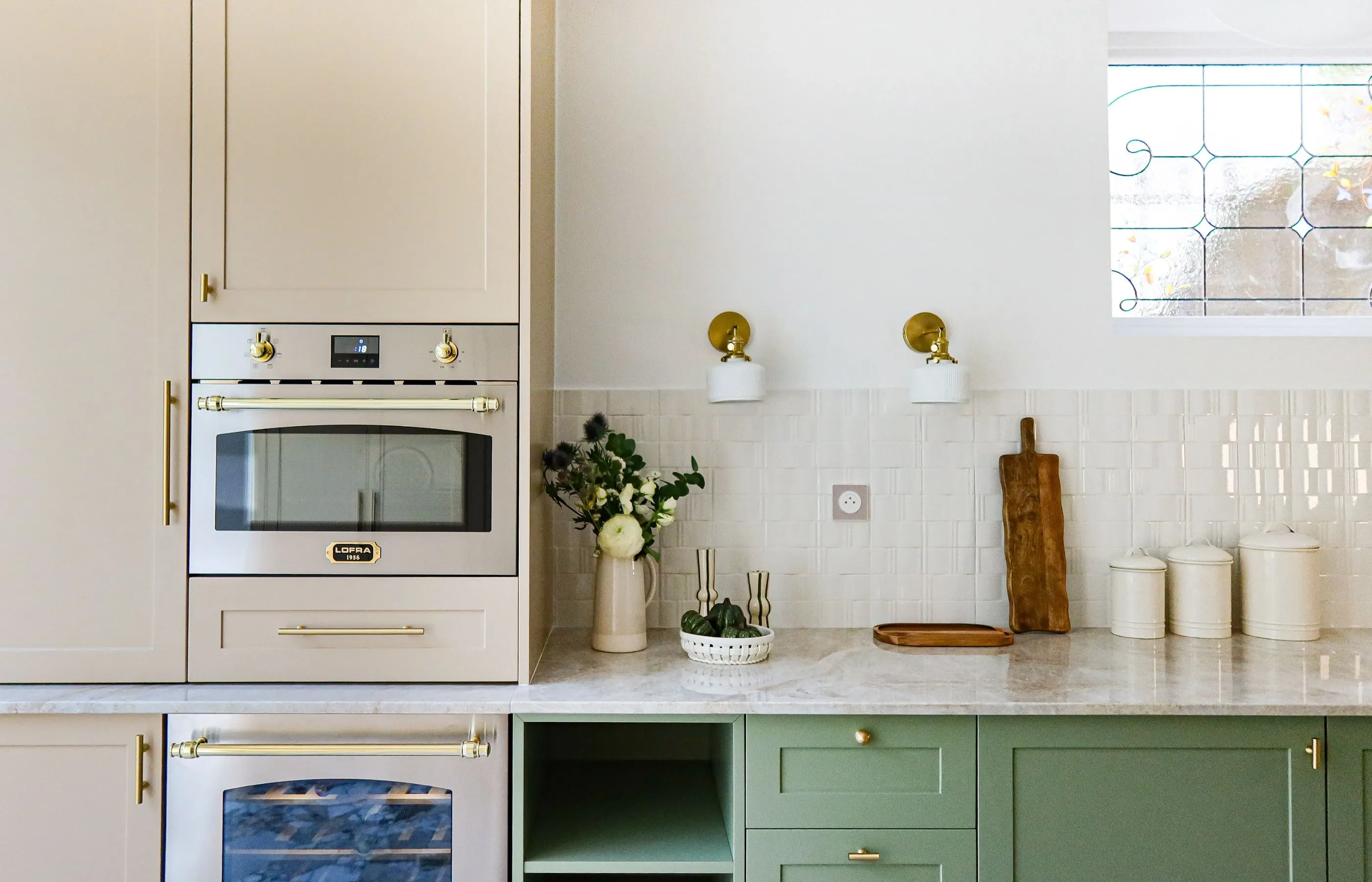
Renovating a second home is the best way to bring a family house back to life or give new energy to a weekend retreat. Yet beyond the emotion, renovating a property remains a technical, regulated, and demanding process. Between administrative constraints, budgeting, choosing the right craftsmen, and managing the worksite, it’s best to approach the project methodically.
In this comprehensive guide, Maison Kyka shares five key elements to keep in mind before renovating your second home. With these expert tips, you’ll avoid common mistakes, make sound investment decisions, and transform your property into a space that’s both functional and inspiring.
1. Clarify the objectives of your second-home renovation
Define the purpose and priorities of your renovation project
First and foremost, clearly define the intended use of your second home. This decision shapes the entire project and its progress — from the scope of the work to the decorative style, choice of materials, and even taxation.
If you plan to use the property privately, focus on comfort and personalization: a kitchen designed for long meals, a cozy guest room, and a spacious bathroom. Conversely, if the property is intended for seasonal rental, your priorities should be durability, practicality, and compliance with safety standards — reliable appliances, easy-to-maintain materials, flexible bedding arrangements, and reinforced security.
Once the purpose is defined, establish a hierarchy for the work to be done:
- Structural work (roofing, electrical system, insulation)
- Comfort improvements (efficient heating, functional layouts)
- Aesthetic finishes (paintwork, furniture, décor)
A successful renovation project relies on clear prioritization: don’t invest in finishes before addressing the foundations of comfort — structure, insulation, and utilities.
Finally, set a realistic timeline. Are you renovating to rent out by next summer? Or to spend the holidays there by Christmas? This time projection will guide your planning. At Maison Kyka, we help you structure this reflection — considering use, pace, and priorities long before discussing budgets or quotes.
Choose a style and architectural coherence
Once priorities are set, it’s time to consider the home’s aesthetic identity. Your second home should reflect your lifestyle while blending seamlessly with its surroundings. By the sea, opt for materials resistant to salt exposure (exotic wood, stainless steel, mineral coatings) and light tones that enhance natural brightness. In the mountains, local materials such as larch and regional stone, paired with warm hues, create a welcoming atmosphere. In the countryside, a subtle mix of limewash, linen, and natural stone highlights the home’s authenticity.
A common mistake is to transplant an urban style without considering the local climate or architectural heritage. A second home should converse with its surroundings — not deny them.
This focus on aesthetics is essential — it informs both technical and budgetary decisions (insulation, carpentry, color palette, furniture). Working with an architect, interior architect, or interior designer allows you to anticipate proportions, lighting, and materials to achieve a cohesive vision. Maison Kyka always favors this approach: aligning structure and style to ensure lasting harmony.
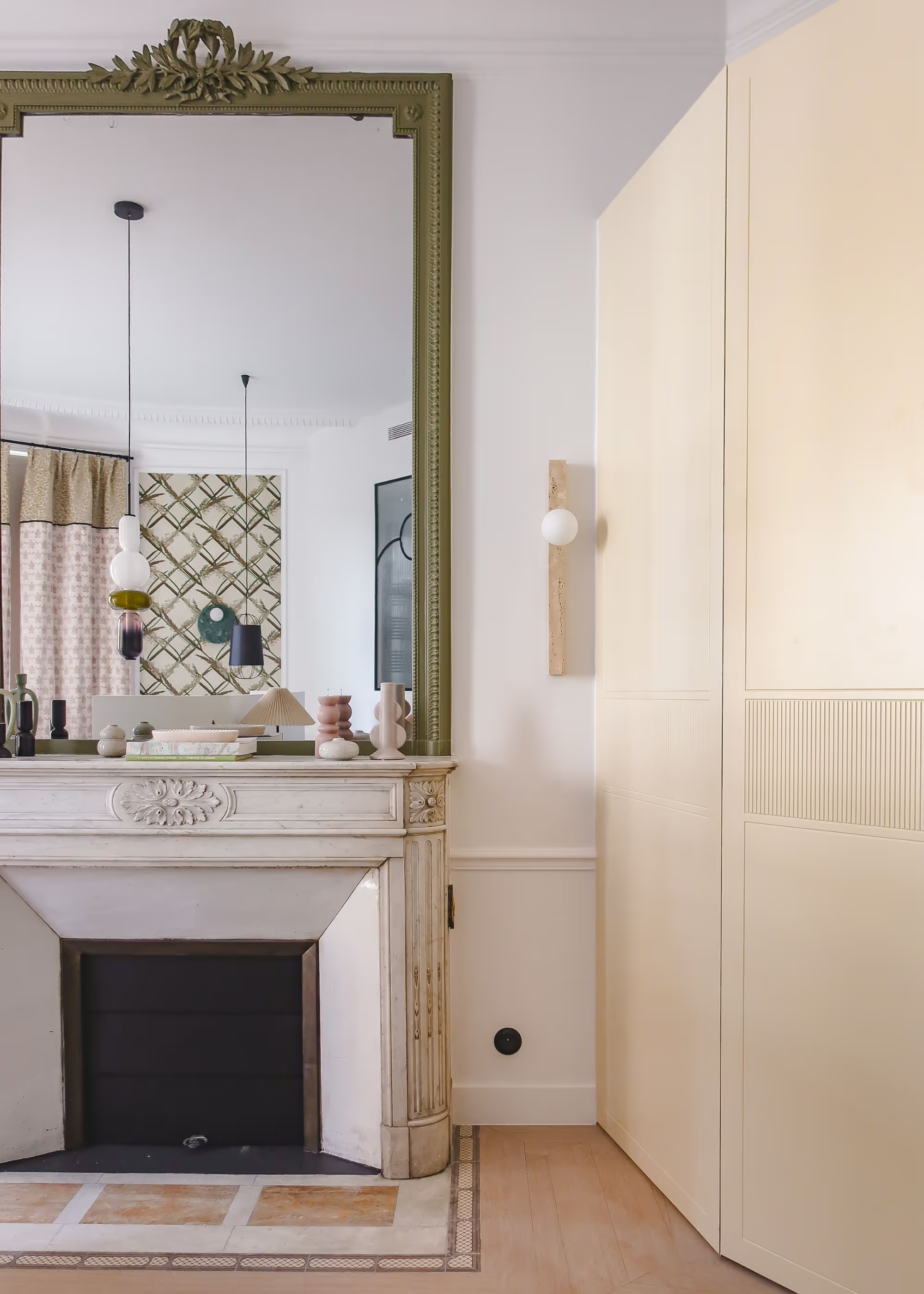
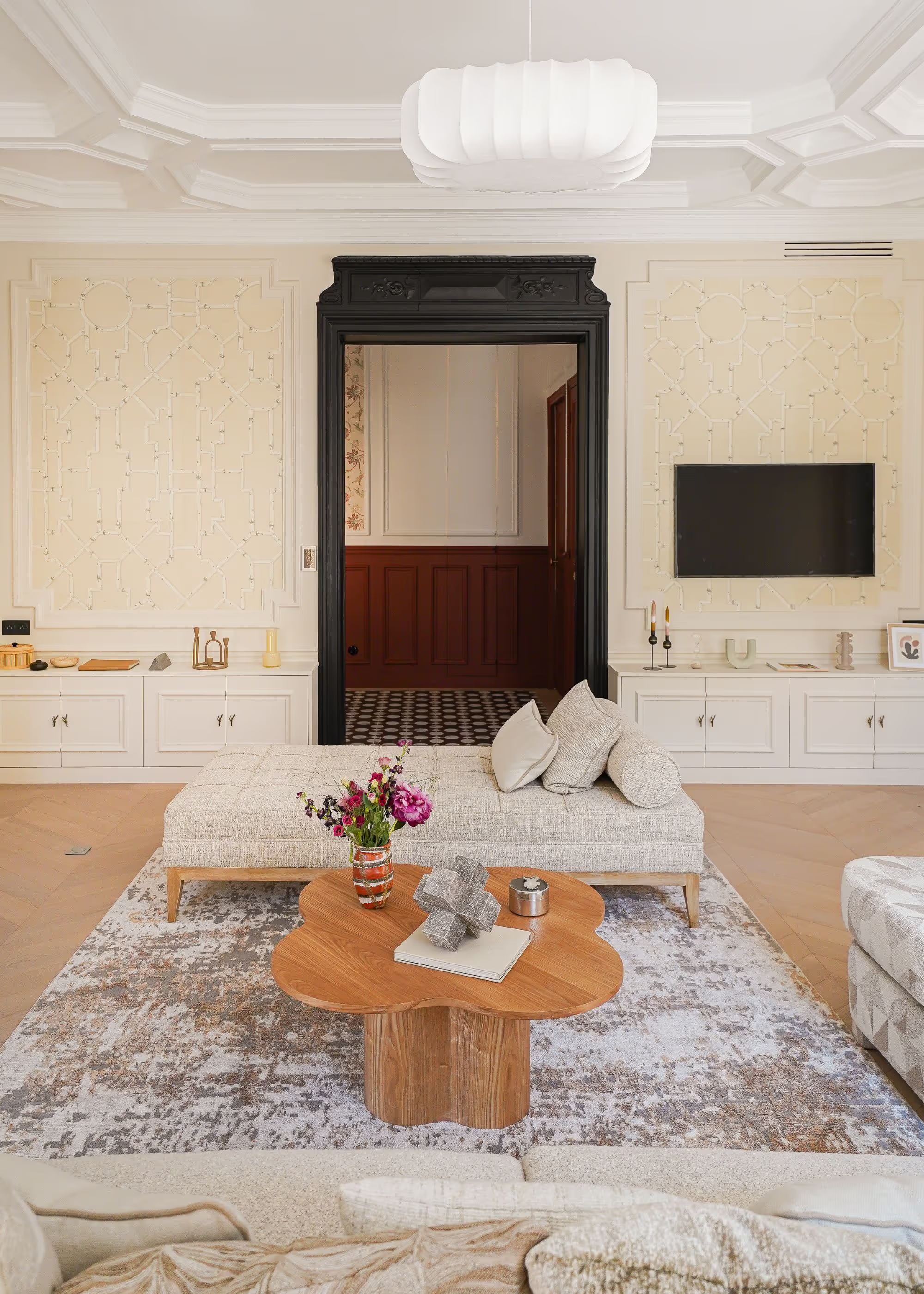
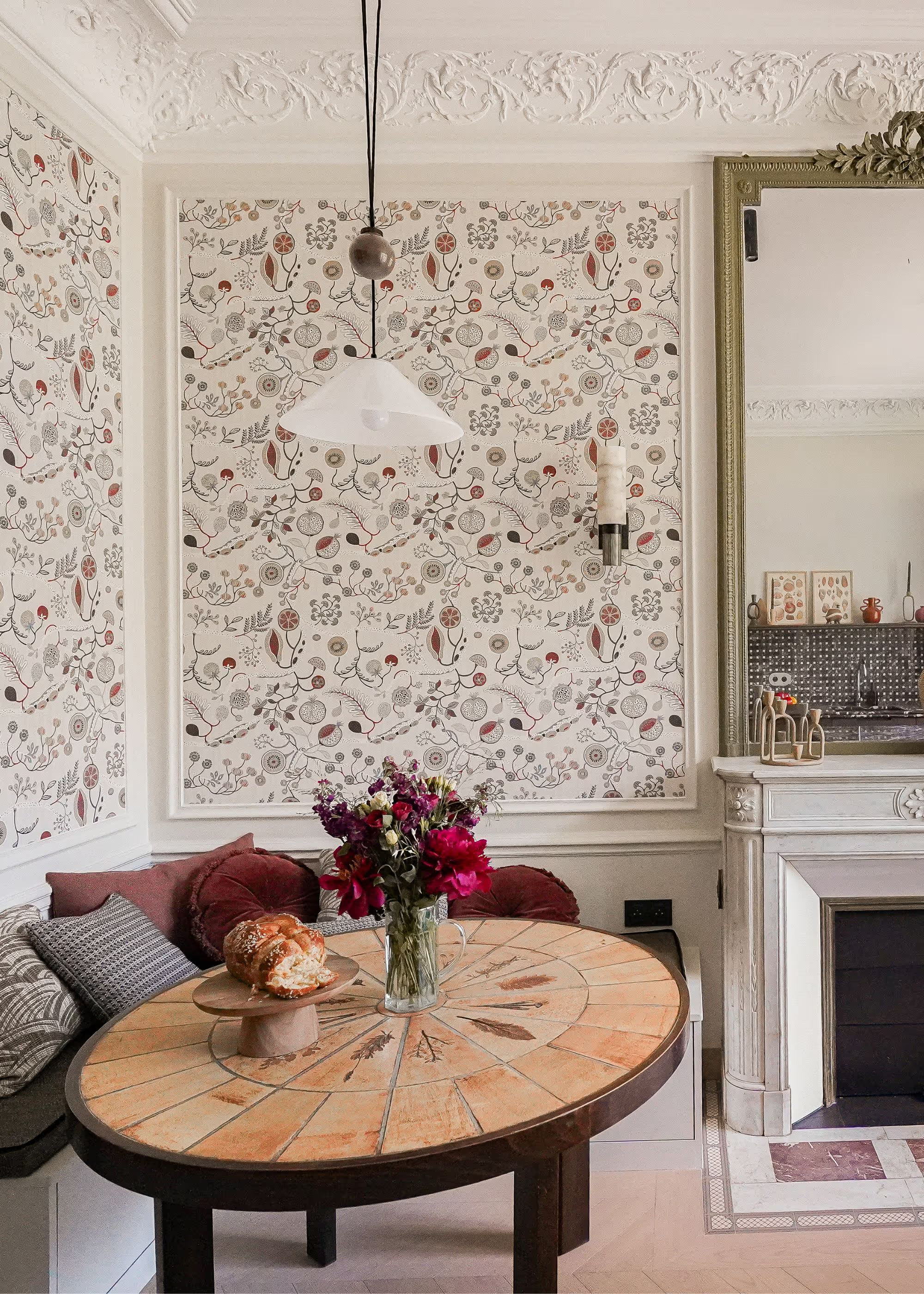
Plan the stages and feasibility of the project
Clarifying your objectives also means assessing how realistic your project is — in terms of budget, timing, and availability. Start by creating a logical schedule: building assessment, obtaining permits, selecting local partners, and launching the worksite. Anticipate seasonal factors as well: for example, replacing a roof in the Jura in mid-winter or pouring a concrete slab under 35°C in Antibes is simply unrealistic.
Finally, consider your level of involvement: will you be on-site to oversee the work, or will you need to delegate? If you live far from your future second home, it’s best to appoint a single point of contact from the outset to coordinate contractors and prevent project delays.
If your renovation project is located in southern France, between Marseille and Nice, Berkail—a studio specializing in interior architecture and bespoke renovation—offers turnkey, fully personalized support. A trusted partner to manage your second-home renovation project on your behalf.
2. Assess the property’s condition and administrative constraints
Carry out a comprehensive technical assessment
Every renovation project begins with an accurate assessment. Have a comprehensive inspection carried out to evaluate the property’s overall condition — including structure, framework, roofing, plumbing and electrical systems, humidity, and energy performance. This initial snapshot will help you anticipate urgent repairs, define your budget, and prioritize the work.
If the house you’re renovating is an older one, don’t hesitate to enlist an architect or project manager: they can identify hidden weaknesses, such as a weakened floor or poorly ventilated roof structure.
This step will prevent you from renovating blindly — it’s always better to understand a building’s pathologies before giving it a new lease on life.
Check planning regulations and required permits
At the same time, consult your local town planning department. Local urban planning regulations (PLU) govern the types of transformations allowed — such as façade colors, roofing materials, or window dimensions.
In protected areas — classified villages, surroundings of historic monuments, or coastal zones — prior approval from the Architecte des Bâtiments de France (ABF) may be required.
- Preliminary declaration: required for façade restoration, window openings, or small extensions (for surfaces under 20 sqm).
- Building permit: required for any enlargement, elevation, or major modification of the building’s structure or volume.
Carrying out work without the proper permits can lead to penalties and make a future resale far more complicated. Take the time to check all regulations before hiring any contractor.
With its all-in-one expertise, Maison Kyka assists you throughout these steps — from preparing permit applications to ensuring architectural compliance and liaising with local planning authorities.
3. Plan a realistic budget and finance the renovation
Estimate costs and request multiple quotes
At Maison Kyka, the minimum cost of a renovation is €1,550/sqm, corresponding to a high-end turnkey service. To find the most suitable solution for your project, don’t hesitate to compare quotes from several renovation professionals.
However, be cautious of offers that seem unusually low — they often hide omissions or future additional costs. Always prioritize transparent, detailed estimates, and make sure each contractor provides a valid ten-year liability insurance certificate (assurance décennale).
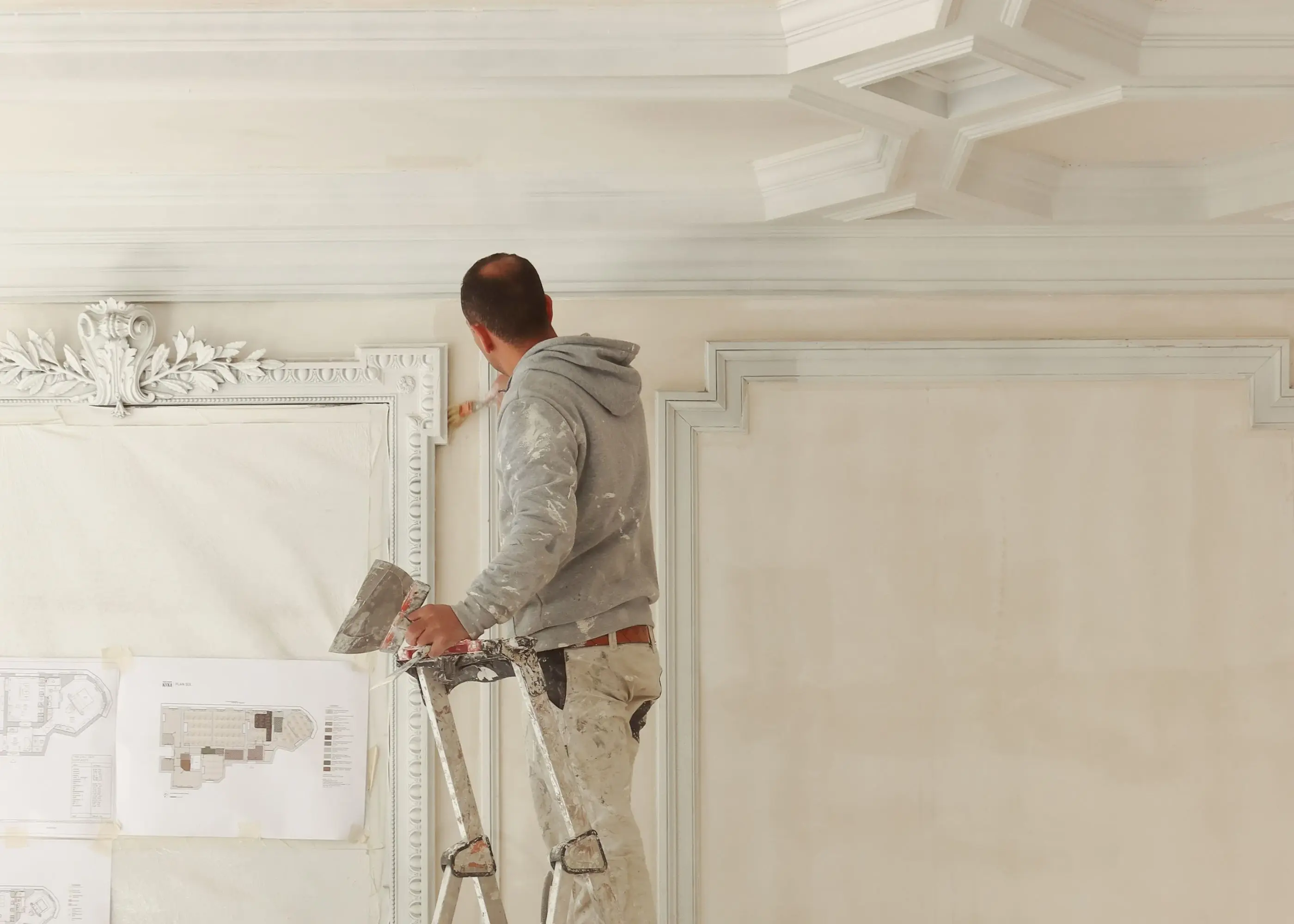
Anticipate unforeseen events and hidden costs
Allow for a 10 to 15 % contingency margin to cover unexpected costs. A leak discovered behind a wall, a roof in worse condition than anticipated, or transport expenses if your property is remote — such surprises are common, but fully managed in-house when you work with a partner like Maison Kyka.
Additional expenses such as architect fees, temporary accommodation, development taxes, or even dumpster rental may seem minor but can significantly impact the final budget if overlooked.
Explore available financing options and grants
Second homes are not eligible for the MaPrimeRénov’ program, but other financial incentives and tax schemes can help ease renovation costs:
- CEE grants (Certificats d’Économies d’Énergie) for energy-efficiency improvements
- Reduced VAT rates of 10 % (or even 5.5 %) for properties over two years old
- Local subsidies available in certain rural or heritage-listed areas
- Temporary property tax exemption following energy-efficiency upgrades
4. Work with qualified professionals for the renovation
The importance of coordination
Une rénovation implique plusieurs corps de métier : maçonnerie, électricité, plomberie, menuiserie, peinture… Chacun dépend de la bonne planification du précédent. Une erreur de séquencement, une absence de communication et les délais s’enchaînent.
Coordonner un chantier est un métier à part entière. Il faut savoir lire un planning Gantt, contrôler les livraisons, valider les factures intermédiaires, gérer les imprévus… Ce travail exige une présence constante et des connaissances techniques, surtout dans le cas d’un bien immobilier ancien.
A renovation project involves multiple trades — masonry, electrical work, plumbing, carpentry, painting — each dependent on the proper timing of the one before it. A sequencing error or a lack of communication can quickly cause cascading delays.
Coordinating a worksite is a profession in itself. It requires knowing how to read a Gantt chart, manage deliveries, validate interim invoices, and handle unforeseen events. This role demands constant oversight and solid technical expertise, especially when dealing with an older property.
Why delegating this role makes all the difference
If you live far from your second home — for instance, as part of an investment in France from abroad — coordination can quickly become a challenge. Delays, communication gaps, and hard-to-reach contractors are all avoidable sources of stress when you entrust your project to an all-in-one real estate and renovation partner like Maison Kyka. A dedicated project manager oversees the entire site, makes technical decisions, and keeps you informed at every stage of progress.
5. Plan the renovation schedule and anticipate the property’s future use
Schedule the work at the right time
The renovation timeline depends on both the climate and your availability. Major exterior work should be scheduled between April and September, while interior finishes can continue into the fall.
Avoid slow periods such as August or the end of the year, when craftsmen are less available. Also consider logistics: site access, material storage, and on-site accommodation if needed.
Always allow for a one-month buffer between the scheduled end of the works and your move-in or rental start date.
Choose durable and low-maintenance fittings for a property that’s not occupied year-round
A second home must withstand changing seasons and long periods of vacancy. Choose materials resistant to humidity (such as tiling or washable paint), frost-proof installations, and, if possible, simple smart-home systems to remotely manage heating and security.
Thinking long-term also means designing flexible spaces: a guest room that can double as an office, foldaway beds, or an outdoor area that’s easy to maintain.
Ensure the long-term security and maintenance of your second home
Intermittent occupancy calls for heightened protection. Check that your renovation and home insurance policies are up to date, install a connected alarm system, and schedule regular maintenance visits — a neighbor, local caretaker, or property management service can keep an eye on the house during your absence.
A second home that’s renovated to high standards and properly maintained also retains its value over time, ensuring lasting peace of mind.
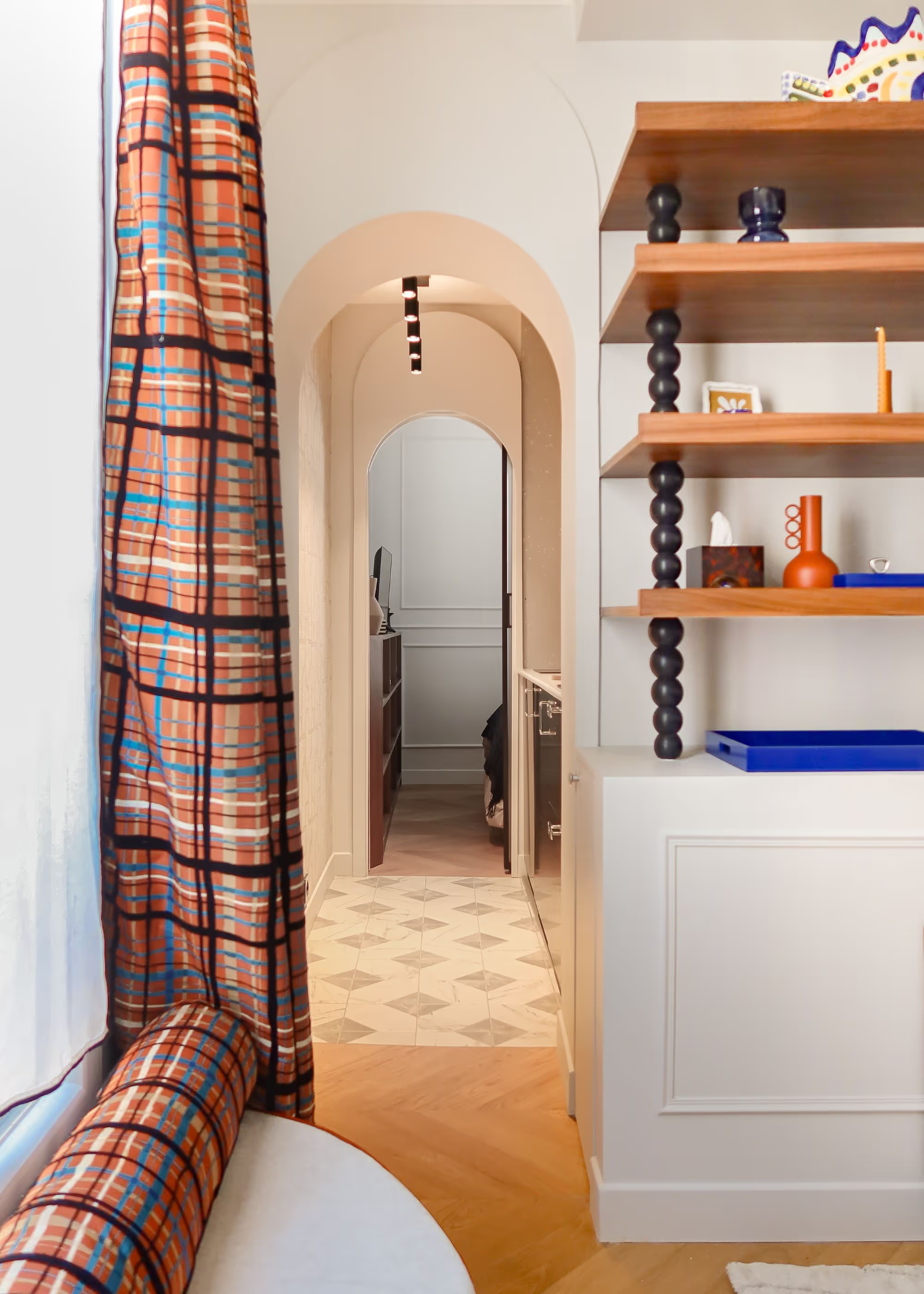
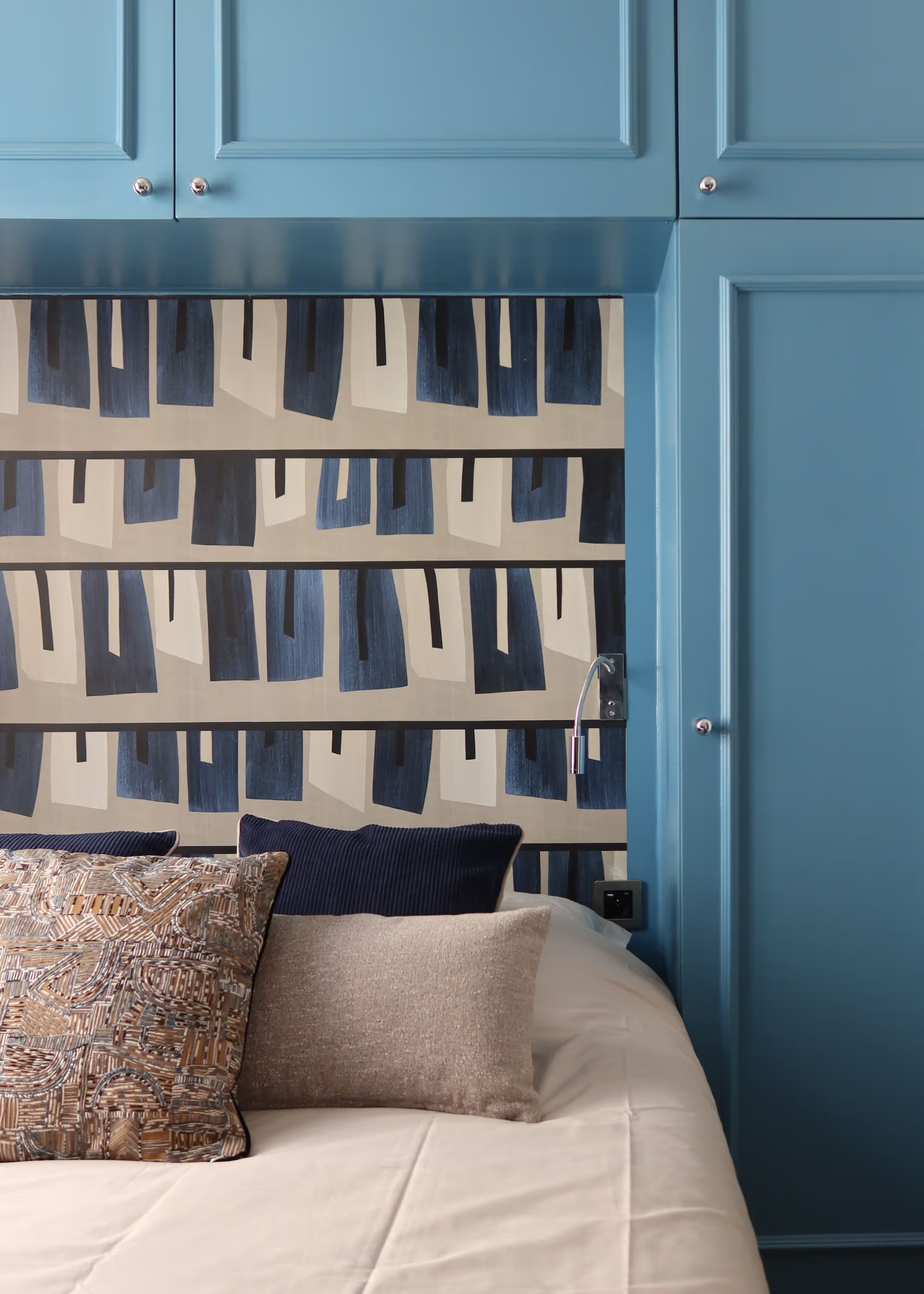

Conclusion
Renovating a second home is a true life project, just like renovating a primary residence. By clarifying your goals, assessing the property’s condition, setting a realistic budget, surrounding yourself with the right professionals, and planning methodically, you’ll transform this house into a place that’s profitable, comfortable, and built to last.
At Maison Kyka, we support homeowners every step of the way — from defining their vision to delivering a turnkey result. Our mission: to make your second-home renovation a seamless, inspiring, and perfectly executed experience.

